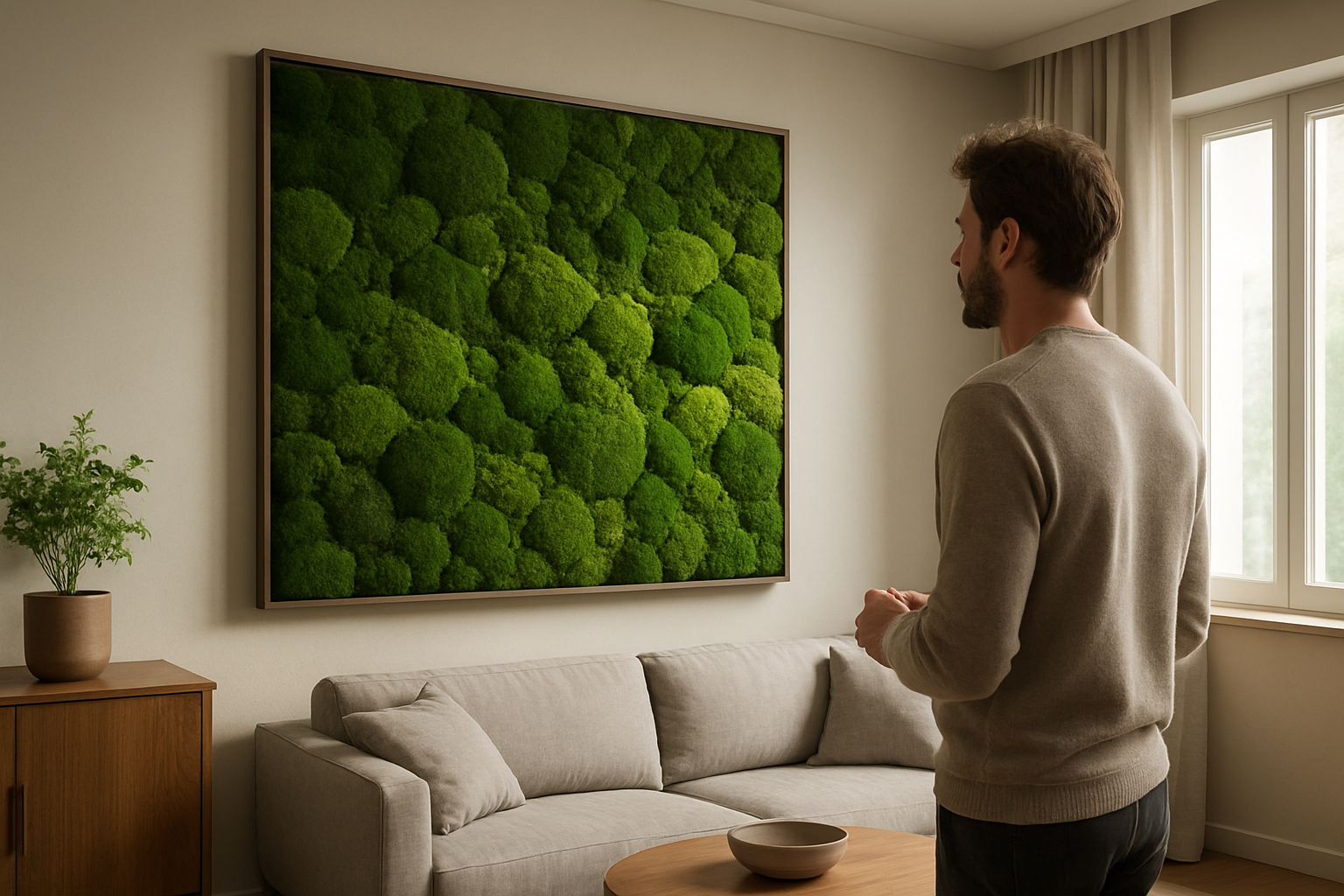Enchanting Interiors: The Allure of Trompe L'Oeil in Modern Home Design
In a world where digital screens dominate our visual landscape, an age-old artistic technique is making a surprising comeback in home interiors. Trompe l'oeil, French for deceive the eye, is captivating homeowners and designers alike with its ability to transform spaces through masterful illusion. This resurgence marries classical artistry with contemporary aesthetics, offering a unique approach to personalized home decor that goes beyond the mundane.

The Renaissance of Illusion
Trompe l’oeil is experiencing a renaissance in home design, driven by a desire for uniqueness and personality in living spaces. Unlike mass-produced wallpapers or generic paint colors, trompe l’oeil murals and details are often custom-created, ensuring each piece is one-of-a-kind. This bespoke approach appeals to homeowners looking to infuse their spaces with character and storytelling elements that reflect their personal tastes and experiences.
The versatility of trompe l’oeil allows it to adapt to various design styles, from sleek modern apartments to rustic country homes. Whether it’s creating the illusion of a bookshelf in a cozy nook or transforming a blank wall into a window overlooking an idyllic landscape, the possibilities are limited only by imagination and skill.
Optical Illusions for Spatial Enhancement
One of the most practical applications of trompe l’oeil in modern homes is its ability to visually alter spatial perceptions. In urban dwellings where space is at a premium, this technique can work wonders. A skilled artist can create the illusion of additional windows, extended hallways, or even entire rooms, making small spaces feel more open and airy.
Ceiling treatments are particularly effective in this regard. A flat ceiling painted to mimic a domed structure or a sky view can dramatically increase the perceived height of a room. This approach is not only visually striking but can also have a psychological impact, creating a sense of expansiveness and freedom within confined spaces.
Digital Meets Traditional: The New Wave of Trompe L’Oeil
While traditional hand-painted trompe l’oeil remains highly sought after, technological advancements have opened up new possibilities for this art form. Digital printing techniques now allow for hyper-realistic murals that can be customized and installed with relative ease. This fusion of digital technology with classical artistry makes trompe l’oeil more accessible to a broader audience, allowing homeowners to experiment with the style without the commitment of a permanent, hand-painted installation.
Augmented reality (AR) is also making inroads into the world of trompe l’oeil. Innovative apps and projectors can now create dynamic illusions that change throughout the day or respond to viewer interaction. This blend of static and digital art offers exciting possibilities for creating ever-changing, interactive living spaces that push the boundaries of traditional interior design.
Sustainable Illusions: Eco-Friendly Approaches to Trompe L’Oeil
As sustainability becomes increasingly important in home design, trompe l’oeil offers an eco-friendly alternative to resource-intensive decorating methods. Instead of using rare materials or energy-intensive manufacturing processes, skilled artists can create convincing imitations of marble, exotic woods, or intricate tilework using paint and artistry alone.
This approach not only reduces the environmental impact but also allows for the preservation of historical aesthetics in renovation projects where original materials may be scarce or protected. Trompe l’oeil techniques can seamlessly blend new elements with existing structures, maintaining the integrity of heritage buildings while updating them for modern use.
The Psychology of Deception: Emotional Impact of Trompe L’Oeil
Beyond its visual appeal, trompe l’oeil has a unique psychological impact on inhabitants and visitors alike. The element of surprise and discovery inherent in these optical illusions can create a sense of joy and wonder, turning everyday spaces into sources of delight and conversation.
Studies in environmental psychology suggest that spaces that engage the mind and stimulate curiosity can have positive effects on mood and cognitive function. Trompe l’oeil, with its playful deceptions, serves as a form of environmental enrichment, potentially contributing to well-being and mental stimulation within the home environment.
Crafting Personal Narratives Through Illusion
One of the most compelling aspects of trompe l’oeil in modern home design is its ability to tell stories and create immersive experiences. Homeowners are commissioning murals that reflect their travels, passions, or fantasies, effectively turning their walls into portals to other worlds or windows into their memories.
This narrative approach to design allows for a deep personalization of living spaces, creating environments that are not just aesthetically pleasing but emotionally resonant. A child’s room might feature a trompe l’oeil forest filled with favorite storybook characters, while a home office could boast a faux library that reflects the owner’s intellectual pursuits.
The Future of Illusion in Home Design
As we look to the future, the role of trompe l’oeil in home design seems poised to expand. With advancements in materials and techniques, we may see more integration of tactile elements, blurring the line between visual and physical illusions. The growing interest in multisensory design experiences suggests that future trompe l’oeil installations might incorporate not just visual tricks but also elements that deceive our other senses, creating truly immersive environments.
The revival of trompe l’oeil in modern interiors represents more than just a trend; it’s a rediscovery of the power of art to transform our living spaces. By embracing this ancient technique, homeowners and designers are creating spaces that are not only beautiful but also intellectually engaging and deeply personal. As we continue to seek ways to make our homes more than just shelters, but reflections of our identities and dreams, trompe l’oeil offers a canvas limited only by imagination, inviting us to step through the looking glass into a world where reality and fantasy seamlessly merge.





